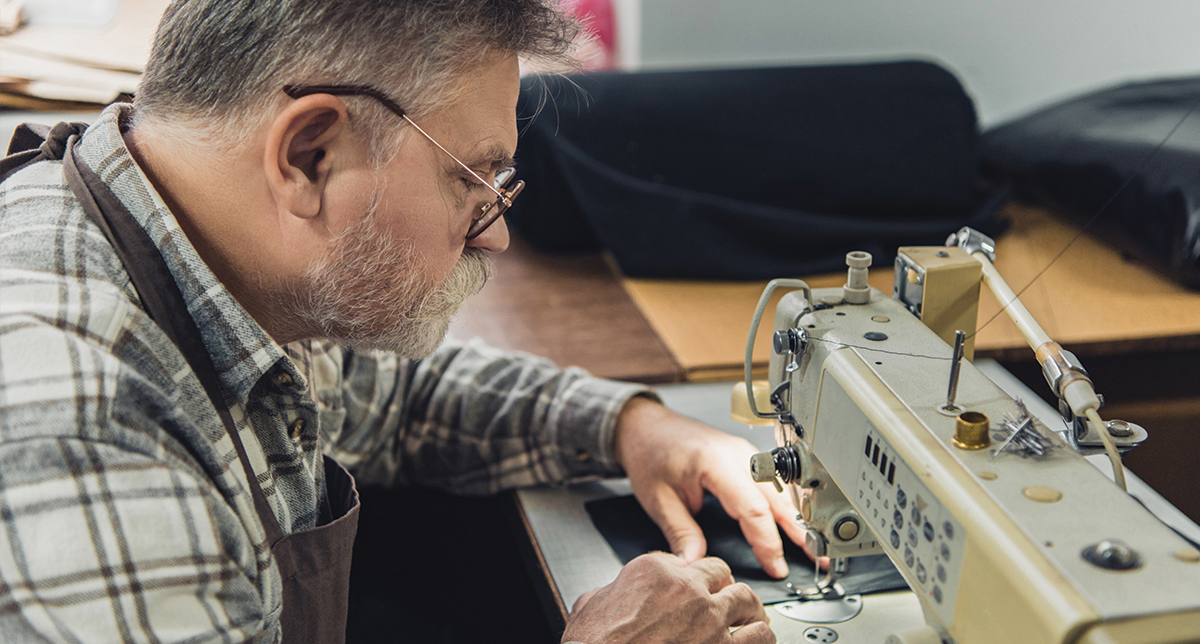Plastics come from natural materials like natural gas, crude oil, plants, minerals, and coal. Most plastics are made from hydrocarbons that are found in these raw materials.
The word “plastic” come from the Greek word “plastikos” which means “to mold” or “to form”. Chemists are able to take monomers and string them together to create polymers, or long strands of molecules. For example, the plastic polyethylene is ethylene molecules strung together creating a chemical reaction. This process is called polymerisation. There are two basic methods of polymerisation: addition and condensation. Addition reactions are made when molecules from the same material are strung together, and will almost always create a carbon carbon double bond. Condensation reactions are formed when two small molecules are strung together. During the reaction, a small molecule, like water, is made and the removed.

Petroleum is one of the most common materials used to make plastics. Here’s a step by step look on how plastic is made with petroleum.
- Petroleum is drilled and taken to a refinery.
- Crude oil and natural gas are refined into fuel for your car, propane, and various other petrochemical products.
- Propane and ethane are thermo cracked into propylene and ethylene using a high powered furnace.
- “Fluff” is then formed using a catalyst in a reactor.
- The fluff is combined with additives in a continuous blender.
- Polymer is fed into an extruder where it is melted.
- Melted plastic is cooled and then fed to a pelletizer and turned into tiny plastic pellets.
- Pellets are then shipped to the buyers where they can then use several different processes to turn the pellets into plastic products.
Plastics are used in so many applications it’s hard to imagine a world without them!







